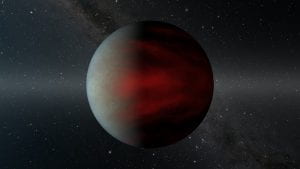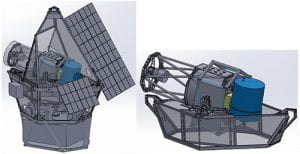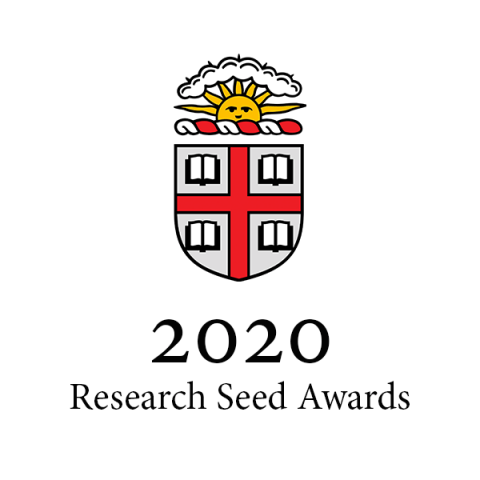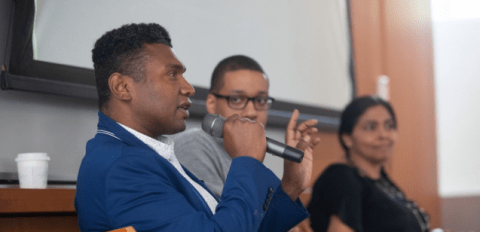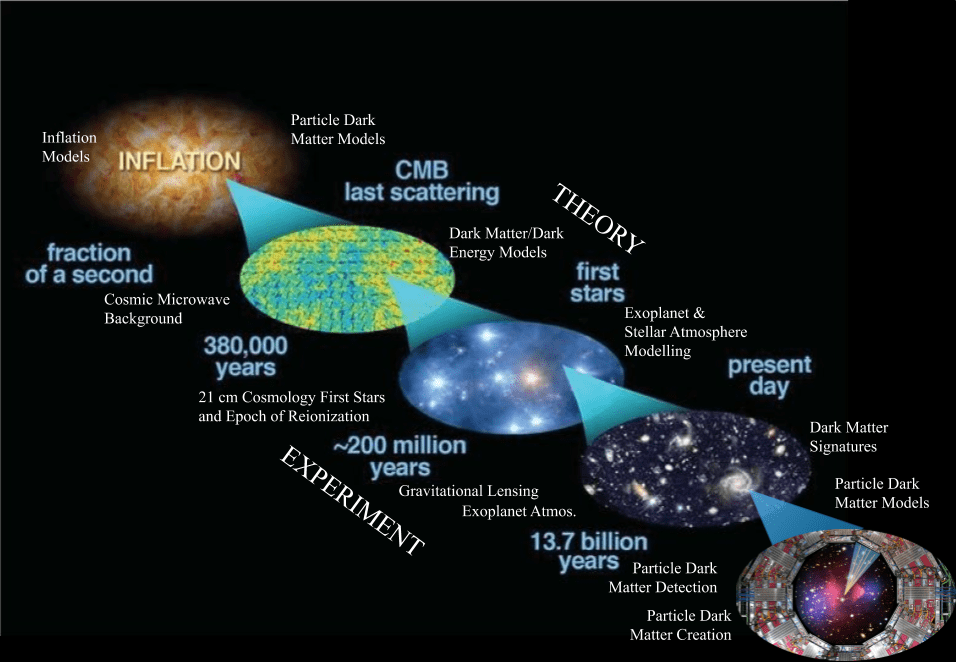Stephon Alexander, Brown professor and president-elect of the National Society for Black Physicists, discusses the organization’s annual conference, which comes to Providence for the first time this year.
For more than 40 years, the National Society of Black Physicists (NSBP) has provided support and mentorship to African American and black scientists seeking physics careers both in academia and industry. This week, the organization brings its annual conference to Providence for the first time.
The conference, sponsored in part by Brown University, is the largest academic meeting of physicists from historically underrepresented groups in the United States, the organization says. The roughly 400 attendees are a mix of students and professionals from around the country and beyond, coming together for mentorship, networking opportunities and to generate new research collaborations.
For Stephon Alexander, professor of physics at Brown, having the conference in the city where he lives and works is particularly special. Alexander joined NSBP as a young undergraduate and aspiring physicist. Now he’s a member of the Brown faculty and president-elect of NSBP. He’s says it’s gratifying to be part of two organizations with the shared goal of making education and research more inclusive endeavors.
Alexander discussed this year’s conference, which takes place from Nov. 14 to 17 at the Marriot Downtown Hotel, in an interview.
Q: Can you share an overview on NSBP and its mission?
The goal of the NSBP is to promote the professional well-being and success of African American and black physicists, with an emphasis on fostering excellence and innovation. I think the organization is a good example of how a group of people who, for the love of their field, decided to come together at a time when they were explicitly not welcome in some places. Instead of giving in or giving up, they built this community around their passion and desire to do research and to teach.
Q: What’s the aim of this week’s conference?
The conference is a gathering of students and professionals from industry and academia — a very broad and varied group of physicists. The theme of this year’s conference is “Promoting Professional Connections and Persistence in Physics,” so there will be a lot of networking opportunities and chances for people to learn what their fellow physicists from around the country are working on. For the most part, it’s people getting together to talk about their work and their love for physics and science. Hopefully that results in new collaborations and new friendships.
Q: Can you describe your experiences at past conferences?
I’ve been an NSBP member since my freshman year of college, and this conference is where I met many of my mentors, including Jim Gates [a Brown professor and National Medal of Science winner], who will give a keynote talk this year. As an undergraduate, I had a bit of a low opinion of myself in terms of my abilities, and this conference gave me confidence. I remember a moment from one of my first conferences during a lunch break. There was a table of very distinguished black physicists — people from MIT and Duke — and they just called me over to the table like I was their nephew. It was like, ‘come join us here,’ and it gave me a sense of belonging and that I was being taken seriously. Now 20 or 30 years later, these people are my colleagues. Being the incoming president, if I can contribute to enhancing that type of culture, that would be great.
Q: What are some of the highlights on the schedule?
The leaders of each of our scientific program areas — like astrophysics, condensed matter, quantum mechanics and others — will host programming specific to each of those areas. We’ll also have plenary sessions and keynotes for the whole group. I’ll be giving a talk. We’ll also have James Simons, the mathematician and founder of the Simons Foundation. Jami Valentine Miller, the first African American woman to get a Ph.D. from Johns Hopkins, will speak. Jim Gates will give a keynote, as I mentioned, as will Brian Keating, who led the BICEP cosmic microwave background experiments.
Q: As NSBP president elect, what does it mean to you to bring this conference to Providence?
This conference, and NSBP’s mission in general, are very much in line with Brown’s commitment to inclusivity and excellence in the sciences. Our leadership group at NSBP realizes that about Brown, and I think that played a big role in the calculus to bring this to Providence. So as a member of both organizations, that’s very gratifying. The office of Provost Richard Locke has been great about providing sponsorship for the conference, and we’re very appreciative of that support.
Photo credit: Nick Dentamaro
Original article: https://www.brown.edu/academics/physics/news/2019/11/national-society-black-physicists-conference-comes-providence


